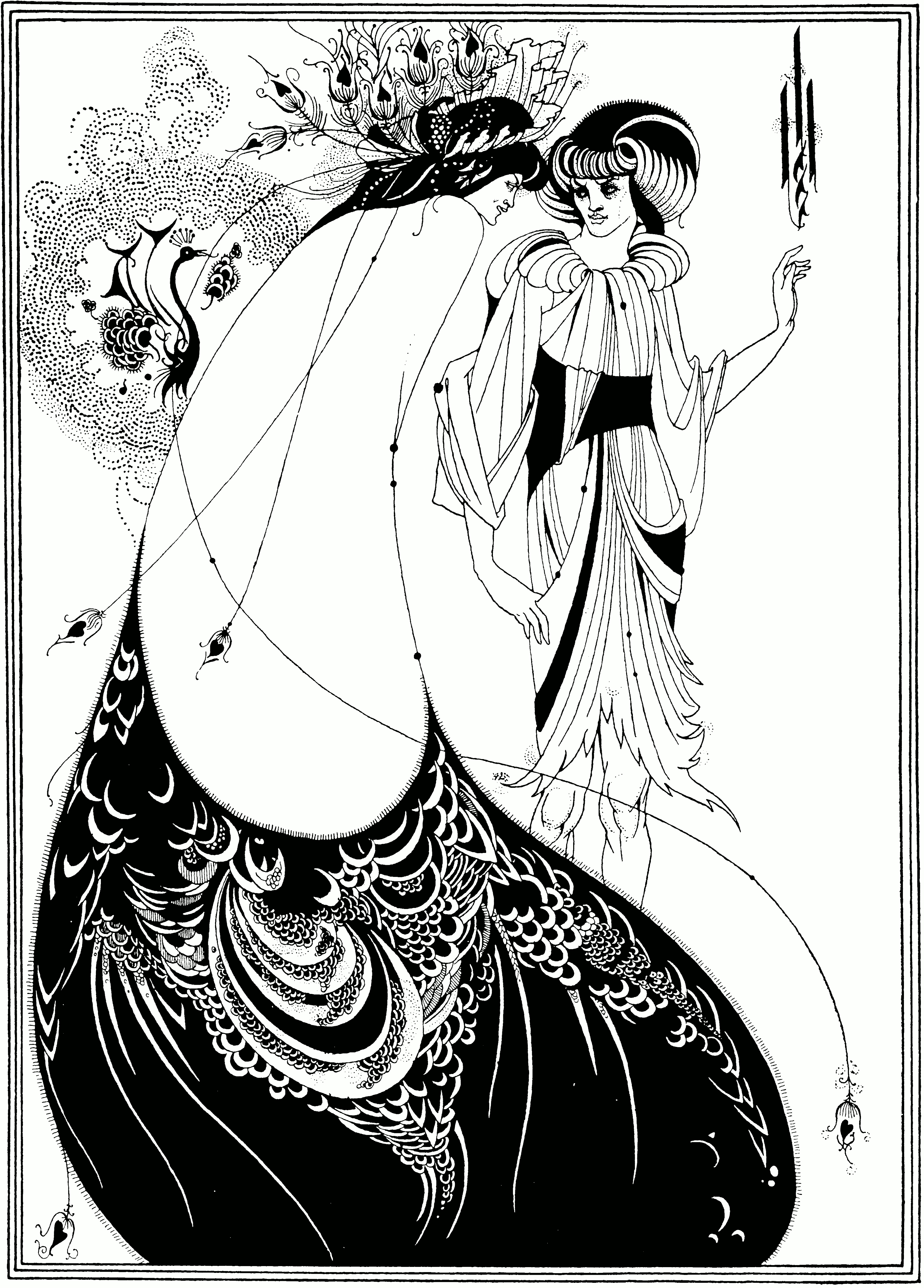Tetsaveh / תּצוה

This is a weekly series of parsha dvarim written by a frum, atheist, transsexual anarchist. It's crucial in these times that we resist the narrative that Zionism owns Judaism. Our texts are rich—sometimes opaque, but absolutely teeming with wisdom and fierce debate. It's the work of each generation to extricate meaning from our cultural and religious inheritance. I aim to offer comment which is true to the source material (i.e. doesn't invert or invent meaning to make us more comfortable) and uses Torah like a light to reflect on our modern times. The full dvar is paywalled for four weeks to help me sustain my work as a writer; if you can't afford to subscribe, email me and I'll send you the link for free.
An appeal: It's Ramadan, which means it's a great time to donate to people in Gaza. My friend Madleen needs help to support her children. This fundraiser is run by a friend of a comrade, and I talk to Madleen regularly. Any amount helps, no matter how small.
Content note: capitalism, class, oblique Holocaust reference
Parshas Tetsaveh is essentially a set of instructions on how the Kohanim (Priests) should dress. It is about distinction, separation, and beauty. The robes are specific colors, made of the finest linen. All Kohanim are distinguished by their dress, and the Kohan Gadol (High Priest) is further distinguished. His "breastplate of decision" is set with engraved precious stones and his robe hemmed with bells.
The Kohanim are holier than the rest of us—their lives are dedicated to holiness, and to maintaining the relationship between Hashem and the Jews through maintaining the Beys hMikdesh (the Temple). To my distaste, this creates a caste system: some people are born into special socio-spiritual roles. As an anarchist I'm against hierarchies, especially birth hierarchies. It's one of the reasons I'm not a Hasid—I can't buy into the dynastic structure of most groups. I don't want a king or a rebbe. I do, however, appreciate the need for distinct social roles based on need, interest, and skill.
I also deeply appreciate beautiful clothing. Appreciation for beauty is to be present in the world, to recognize that there is more than just suffering, that there are reasons for living. When we dress well we are not only enhancing our own lives through beautiful colors, cuts, and fabrics, but improving the aesthetics of the world, which is to say improving the world. We all deserve beautiful things. Beauty is political. Luxury should not be hoarded by the rich.
Shemoys 28:2
The beautiful clothing of the Kohanim is, as Sforno says, "to render honor and glory to the Almighty through the wearing of such resplendent garments when performing Temple service." We not only beautify ourselves but ascribe honor to Hashem when we dress nicely. Good clothes are a sign of respect.
I'm not only an anarchist but an aestheticist. The purpose of art is to reveal or create beauty in this bleak world, rather than to moralize or serve a utilitarian function. The principle of הידור מצוה or hidur mitsve (embellishing or beautifying the mitsvos, derived from Shemoys 15:2, Bovo Kamo 9b) is extremely important to me. To go above the minimum halakhik requirement and enhance our observance through aesthetics, to choose the loveliest ornate kiddush cup, a silk embroidered challah cover, a vintage enamel bsomim box. We are obligated to enjoy food and wine and the light of the khanike candles. During the month of Oder—this month—we increase our joy (Taanis 29a). Hidur mitsve positively stimulates us into the present through our appreciation of the beauty of the object and the mitsvos themselves, and increases the joy of our observance. I'm a maximalist but there can be beauty in simplicity. By contrast, it is a challenge to see the beauty in our tradition and our world if our ritual objects—or our daily objects—are ugly.
"Industry is the root of all ugliness."
—Oscar Wilde, Phrases and Philosophies for the Use of the Young (1894)
Ugliness is an offense to the eyes and the spirit. We live in a time of over-priced, mass-produced objects with planned obsolescence. The internet is undergoing constant enshittification. And furthermore, it's all fucking bad to look at. The ugliness isn't just insult to injury—it is no exaggeration to say that ugliness itself is an injury, a violence.
Mitsvos are enriched, heightened, when their performance is done with beauty. So too our lives. It is absolutely imperative that we create the world we want to live in. If we want rest, we must rest; if we want cooperation, we must cooperate; if we want beautiful lives, we must live beautiful lives. We deserve more than the base requirements for survival. We deserve luxury. We deserve art. Yes it is bread we fight for, but we fight for roses too.